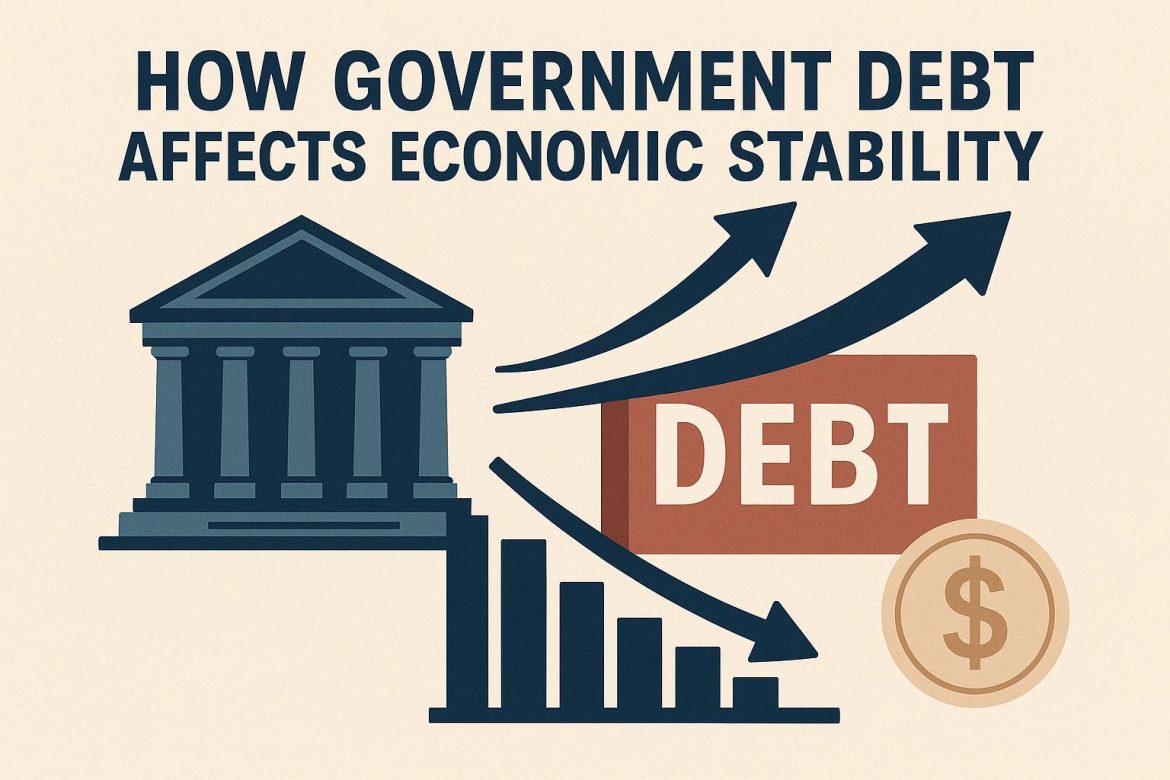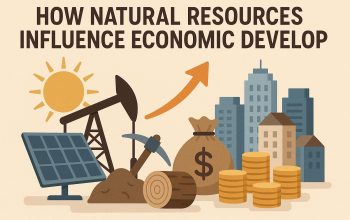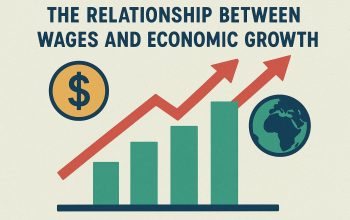Understanding Government Debt
Government debt, also recognized as public debt, stands as the funds borrowed by a government to counterbalance budget deficits or support governmental expenditures. This financial tool is an essential component of modern economic systems and is capable of influencing economic stability in various capacities. Understanding the intricacies of government debt, its utilization, and its potential impacts on the economy is crucial for crafting sound fiscal policies and maintaining economic equilibrium.
The Mechanics of Government Debt
At its core, government debt is mainly accrued through the issuance of financial instruments like bonds and treasury bills. These securities are sold to both domestic and international investors, providing governments with the revenue required to fund numerous activities and projects. Such activities range from critical infrastructure development and maintenance of public services to more routine governmental operations. The financial burden or the cost associated with borrowing hinges significantly on interest rates. These rates are susceptible to fluctuations based on prevailing economic conditions as well as the confidence levels of investors in the government’s fiscal management strategies.
Short-Term vs. Long-Term Debt
The Economic Impact of Government Debt
The ramifications of government debt on economic stability are varied and can manifest in several ways:
Debt Sustainability and Economic Stability
The concept of debt sustainability is a cornerstone of economic stability. It is concerned with a government’s capability to uphold its borrowing practices sustainably without gravitating towards insolvency. Several factors influence this sustainability, including economic growth trajectories, prevailing interest rates, and robust fiscal policy decisions.
To determine debt sustainability, governments often employ metrics such as the debt-to-GDP ratio. This ratio functions as a critical indicator of a country’s ability to manage its debt relative to its economic output. A high debt-to-GDP ratio may indicate looming challenges in debt management, necessitating strategic interventions. Conversely, a stable or descending debt-to-GDP ratio often signifies fiscal prudence and economic health.
In order to gain a more comprehensive understanding of government financial policies and practices, interested individuals and policymakers may consult various economic research institutions or refer to resources offered by global financial organizations such as the International Monetary Fund (IMF) and The World Bank. Both entities offer extensive insights into global economic trends, fiscal policy guidelines, and debt management strategies.
To encapsulate, government debt plays an indispensable role in managing and steering national economies. However, to preserve long-term economic steadiness, maintaining debt at manageable levels is crucial. By delving into the dynamics of government debt, including its effects and theoretical underpinnings, policymakers are better equipped to make educated and nuanced fiscal choices. Consequently, mastering the interplay between government debt and economic factors is essential for crafting policies that foster sustained economic growth and stability.
This article was last updated on: September 29, 2025




